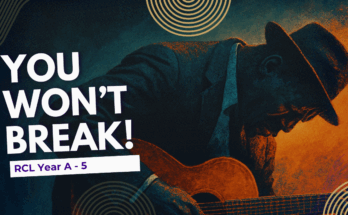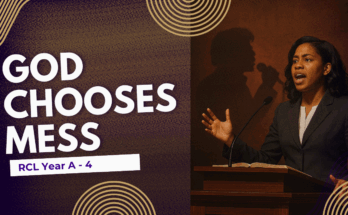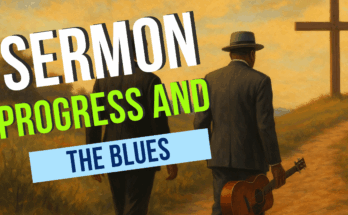As an Amazon Associate I earn from qualifying purchases.
Henry Mitchell’s book Celebration and Experience in Preaching provides 2 very important sermonic structural components that can guide the preacher in structuring Black Sermons. The first component is celebration. Mitchell argues that celebration is the pervasive distinctive that Black preaching brings to the homiletic universe. Black preaching appeals to the emotive and the intuitive to promote a holistic celebration of the Gospel. I have written on Mitchell’s celebration idea in this article.
The second component of Mitchell’s book is a discussion of what he calls the “genres of preaching.” These are different structures that effective sermons in the Black tradition take.
Vincent Wimbush, in his book The Bible and African Americans, provides a way to analyze how the Bible is operative in the Black sermon. You can read about Wimbush’s description of Black Bible reading at this link. Cleophus LaRue, in his book The Heart of Black Preaching, provides a way to analyze how Black culture is addressed in sermons. I have written on LaRue’s way of doing this at this link. Mitchell gives us a way to look at how these two perspectives are brought together in a sermon. Many of Mitchell’s sermon types are simply variations on a narrative theme.
Genres for Black preachers
The first genre is narrative. Here the preacher preaches a sermon like a story. There must be a protagonist, setting, plot, conflict, and resolution. Then at the end of the sermon there is a celebration of the resolution.
The second genre is the character sketch. Here the preacher presents one character of the Bible and preaches that character. The preacher must look at many places in the Bible to piece together the sketch. In addition, the preacher will have to use imagination to fill in gaps left by the Biblical record.
The third genre is the group study. This sermon type is just like the character study only we look at a group instead of an individual. Just like the character sketch the preacher will look all through the Bible for references to put together the story.
The forth genre is the dialogue type. In this type of sermon you bring a real conversation from the scriptures into the pulpit. The next one is the Monologue and Testimony. This is like the dialog only you take one side of the conversation and tell it. It is a story in the first person.
Another important genre is the metaphors similes and analogues. Here the preacher uses one of these to build a sermon around. An example might be the metaphor of a bridge and then you can talk about how the bridge demonstrates your sermon. Another example would be to use the car as a metaphor. Here the preacher might take each major component of the car and make it a point in the sermon. Finally there is stream of consciousness sermon. Here the preacher simply jumps into the scripture and walks around and follows the scripture.
Creating the Sermon
To create the sermon you must internalize the text. You must be able to look at the sights in the text. You must smell the stench or perfume in the text. This type of preaching is not only intellectual, but also experiential. You have to really live in the text to get the details out of it that you need to preach these kinds of sermons. Click here to listen to an audio about how to really experience the text.
Next you must have a behavioral purpose to a sermon. You need to know what you are trying to say and why. You cannot just preach without a purpose if you are to be an effective preacher in the Mitchell Method.
Finally, you need to close with a strong celebration. You should celebrate the gospel in the sermon if you are to be a strong preacher making use of Mitchell’s method.
Amazon and the Amazon logo are trademarks of Amazon.com, Inc, or its affiliates.




